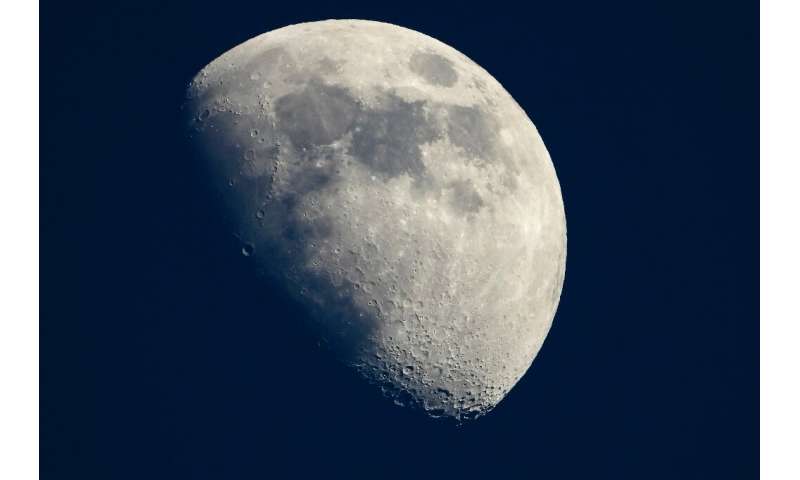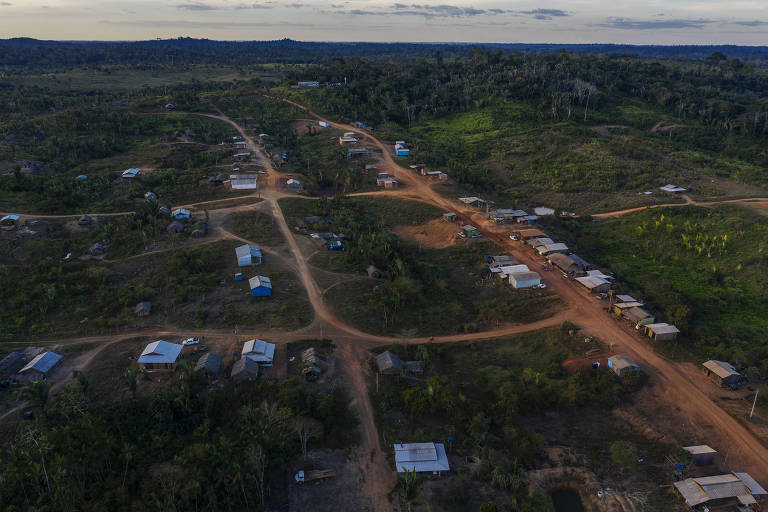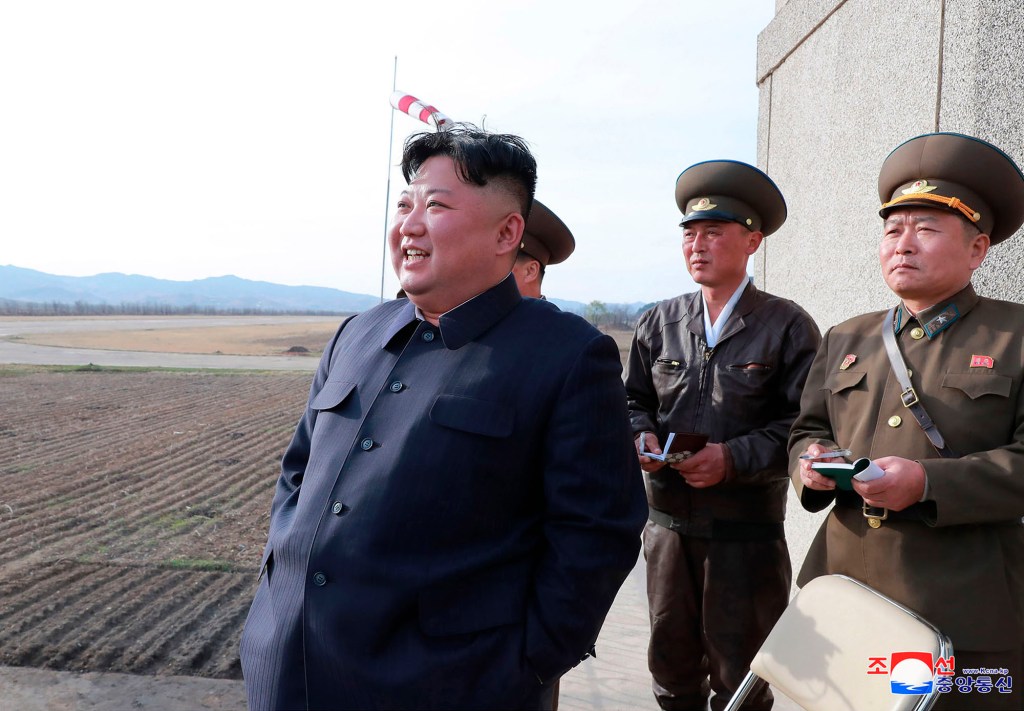John Haltiwanger
Sep 8, 2020
At least 37 million people have been displaced by America's "global war on terror," according to a new report from Brown University's Cost of War project.
The number of displaced people could be as high as 59 million, the report states.
Displacement has caused "incalculable harm to individuals, families, towns, cities, regions, and entire countries physically, socially, emotionally, and economically," the report states.
The federal government's price tag for the war on terror is over $6.4 trillion, and it's killed over 800,000 people in direct war violence
At least 37 million people, and possibly up to 59 million, have been displaced by America's "global war on terror" since it was launched by former President George W. Bush's administration nearly 20 years ago, according to a new report from Brown University's Cost of War project.
The report says that it offers the first comprehensive picture on how many people have been displaced by the conflicts waged by the US as part of the so-called "war on terror."
"The US post-9/11 wars have forcibly displaced at least 37 million people in and from Afghanistan, Iraq, Pakistan, Yemen, Somalia, the Philippines, Libya, and Syria. This exceeds those displaced by every war since 1900, except World War II," the report states.
Millions of others have been displaced in smaller conflicts involving US forces in Burkina Faso, Cameroon, Central African Republic, Chad, Democratic Republic of the Congo, Mali, Niger, Saudi Arabia, and Tunisia, according to the report.
To put this into perspective, 37 million is nearly equivalent to the population of California — the most populous state in the US.
A little over 25 million of those who've been displaced have returned home, the report added, going on to say that "return does not erase the trauma of displacement or mean that those displaced have returned to their original homes or to a secure life."
Displacement has caused "incalculable harm to individuals, families, towns, cities, regions, and entire countries physically, socially, emotionally, and economically," the report states, emphasizing that the total number of displaced people does not fully capture the impact of losing one's home and more.
The report was issued just days before the 19th anniversary of the 9/11 terror attacks, which fostered major changes across the globe and continue to have a reverberating impact on America's approach to foreign affairs. Overall, the war on terror is widely viewed as a massive failure that cost the US an exorbitant amount of money and resources, to say nothing of the loss of life.
According to the Cost of War project, the federal government's price tag for the war on terror is over $6.4 trillion, and it's killed over 800,000 people in direct war violence.
The US still has troops in Afghanistan, which it invaded in October 2001, and the Trump administration is engaged in ongoing, tenuous peace talks with the Taliban. Historians generally agree that the US invasion of Iraq in 2003 catalyzed the rise of ISIS, which fostered an entirely new conflict in Iraq and Syria, as well as terror attacks worldwide. Meanwhile, though Osama bin Laden was killed in 2011, Al Qaeda has not been totally defeated.












